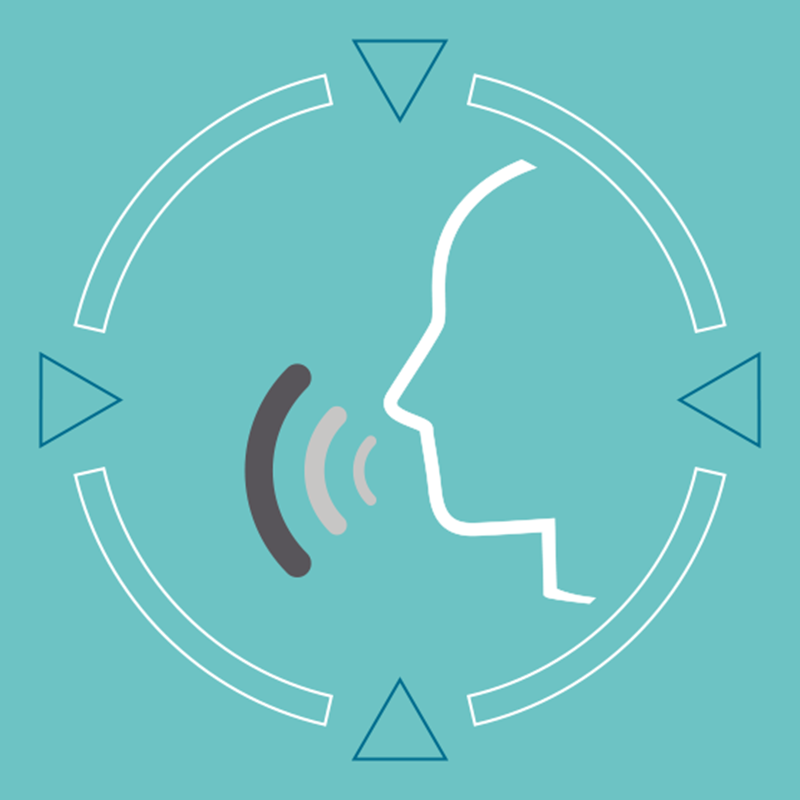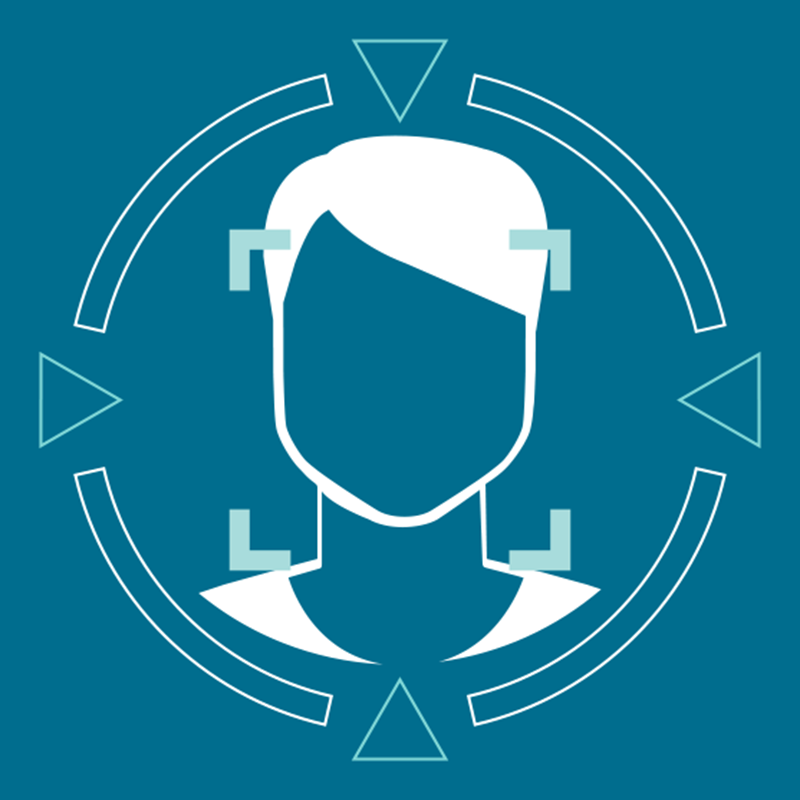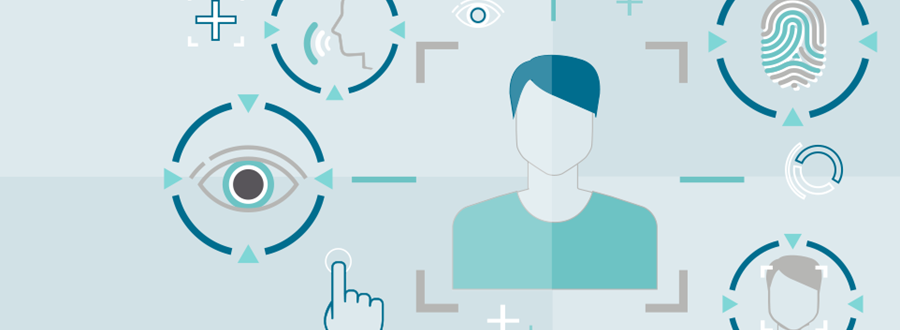Back then, Microsoft was exploring the development of an ID card in a bid to tighten online security, however, the market has seen all sorts of physical characteristics used for the purpose of authentication come and go in a decade. All have claimed to sound the death knell of our trusted friend, the password, but still we persist - just as the security of our cyber space has become a billion-dollar industry.
According to BI Research, spending on biometric identification is likely to grow 118 per cent over the next five years, reaching $30 billion in 2021 (£20.8 billion). Similarly, software token authenticators (used to authorise the use of computer services) and other mobile-based authentication tools that use human characteristics are becoming more secure and readily available, particularly with the prevalence of smartphones.
With 90 per cent of British businesses reporting a cyber security breach the rise of technologies such as fingerprint sensors, voice recognition, retina scanners and vein readers are becoming central to the debate around the security.

Towards biometrics
The trend towards biometrics – the use of unique human characteristics to determine identity – has grown exponentially due to the reduced risk it can provide. By moving away from defining a person by their password, issues such as personal security breaches, identity theft and bank fraud immediately become more challenging for cyber criminals.
The payments market has been evolving dramatically in recent years, with the emergence of online banking and mobile phone transactions, and biometric authentication could mean a massive reduction in the risk associated with these areas.
A number of major UK banks (HSBC, Barclays and First Direct) have been early-adopters of these innovative technologies, by implementing fingerprint and voice recognition systems to replace password authentication.

Finger vein imaging
In 2009 biometrics leader Sagem Sécurité (Safran group) announced that it had partnered with Hitachi to unveil the world’s first multi-modal finger vein and fingerprint device called Finger VP.
In this device, Hitachi’s VeinID finger vein imaging, which detects the blood vessels under the skin, combines with Safran’s fingerprint identification technology called Morpho. At the time, this was the only multi-modal device that had the capability to process two sets of biometric data simultaneously, and what’s more, it could be used for one-to-one or one-to-many verification.
Corporate banking solutions that bridge existing products tend to produce complex and outdated systems that require multiple logins on a variety of platforms. This makes banking a time-consuming and disjointed process.
New software platforms using Hitachi’s VeinID, has the potential to present an overview of group balances across different business divisions in multiple countries. This type of technology could potentially revolutionise the worldwide economy.
Voice recognition
Other financial services institutions have been exploring functionalities which incorporate voice recognition technology, such as FreeSpeech from Nuance Communications. This system operates by verifying a customer’s voice and comparing it to the ‘voiceprints’ that have been stored to authenticate the payment in 20 seconds. Over 300 voiceprints are recorded so that the platform can accommodate nuances and inflections in the voice; even when the user has a head cold or may be in an environment where the voice is distorted.

Eye and facial recognition
However, a new biometric solution is set to be launched in the near future which operates by taking a video of the user’s eye which reads the red vein and white part of the eye, that in turn authorises payments.
Facial recognition technology is also being adopted by Mastercard as a payment authorisation system. It is anticipated that these types of solution will be well received because they are not only faster than voice biometric technology, but are much more accurate; omitting the possibility of voice authentication failing in loud environments.
It's now and it's the future
These technologies aren’t just limited to the financial consumer space. There is a growing presence of fingerprint access to buildings (workplaces, private residences and even hotel rooms), and iris scanning to confirm identification in certain higher-security situations. Many cars now operate using voice recognition technology. And with wearable devices now tracking our every move, it’s an industry which is only growing.
With technology advancing at such a rapid pace, it’s likely that the move from traditional password authentication to biometric security will be prevail across both corporate and consumer sectors. In essence, online security and identification is going through a whole mini revolution of its own.
If you'd like to discuss anything in this article, please contact your Equiniti relationship manager.

